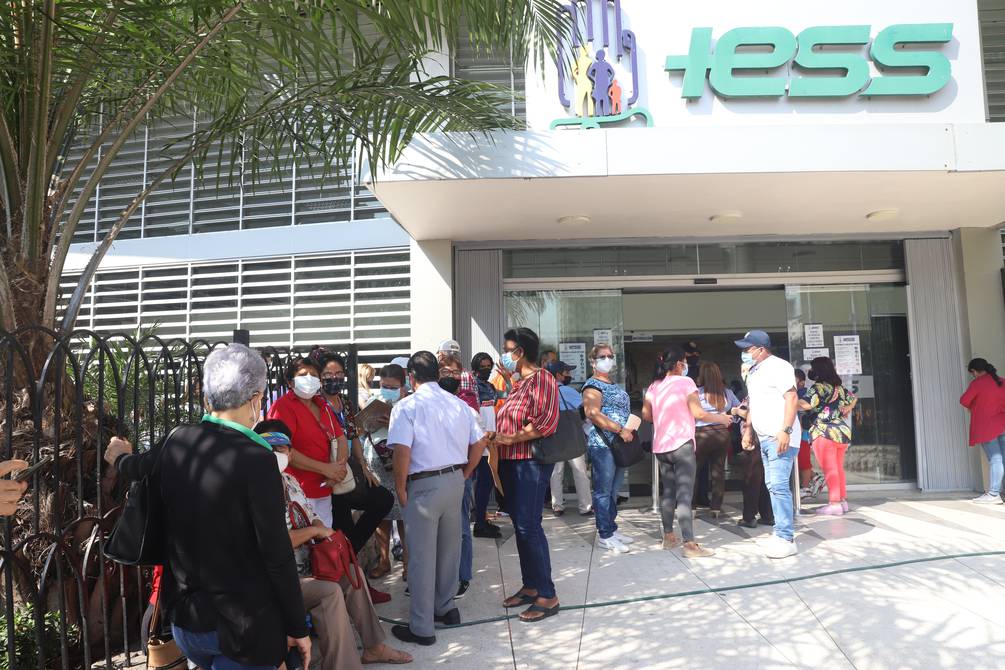At least four changes are being analyzed for a reform of the Social Security Law, according to Francisco Cepeda, president of the Board of Directors of the Ecuadorian Social Security Institute (IESS).
The manager said last Friday, February 11, 2022, that raising the retirement age, adjustments to the calculation basis for retirement pensions, and the creation of a personal contribution account to access a higher retirement pension will be discussed.
Changes in the State contribution to the pension fund will also be analyzed. The proposal is to calculate it according to a percentage of the Gross Domestic Product (GDP).
IESS statement
In a statement issued this Friday, February 11, the IESS reported that social security has not analyzed an increase in contributions or modified the retirement age yet, as any of the proposals will require consent of the population.
According to the entity, Cepeda has held meetings with retirees, affiliates, and workers, among others, to learn about their requirements and define actions to solve the entity’s deficit, which is reflected above all in the health fund.
The IESS assured that, with these dialogues, joint proposals will emerge that will be considered in a draft reform of the Social Security Law. Cepeda pointed out that the proposals will be sent by the Executive to the National Assembly next April.
A study is key, says specialist
Patricia Borja, an expert in Social Security, stated that the reforms that are proposed first must have the support of an updated actuarial study, which does not exist. The last approved analysis, which is for disability, old age and death insurance, dates from 2018. “The technical arguments must support these changes,” she said.
For Borja, the increase in the retirement age is not a reform that needs to be done at this time. She said that since there is currently no massive incorporation of retirees reaching the minimum age set, which is 60 years and 30 years of contribution, there is no need to consider this proposal.
The current problem is the loss of formal employment, which has generated a decrease in the number of affiliates. The reform should be aimed at finding solutions in this regard, accompanied by an actuarial study that determines the demographic situation in the country, said Borja.
Possible errors in the calculation
Regarding the basis for calculating retirement pensions, the five best years of contributions are currently all that are considered. According to Cepeda, the aim is to balance the payment of pensions that, in the case of some voluntary members, are high, only for some years of higher contributions, when in most years they make minimum contributions.
Borja pointed out that previous studies have recommended that the range of years be extended, but she stressed that the IESS can declare affiliations as improper or fraudulent, if there are cases of excessively variable contributions, without the need to make legislative changes.
In the case of the creation of a personal contribution account to access a higher retirement pension, Borja pointed out that this does require a reform, and it can be established whether said account will be managed by the IESS or will be mixed; that is, with the presence of entities from the private financial system.
Finally, the IESS seeks to replace the 40% State contribution mechanism for the payment of pensions for an amount calculated based on a percentage of GDP. Cepeda said that the contribution would increase according to the indicator. Borja stressed that what is sought is for the state contribution to be less, but care must be taken that the change does not generate an imbalance in the pension system.


0 Comments